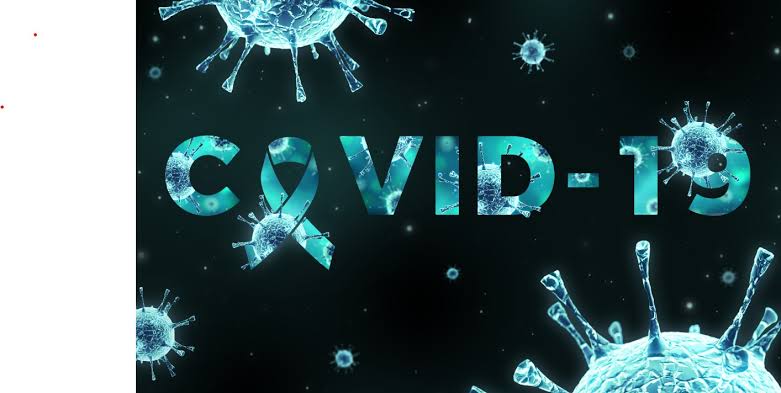By Asmau Ahmad
The World Health Organisation (WHO) says COVID-19 pandemic has impacted on the diagnosis and treatment of cancer around the world.
Dr André Ilbawi of the WHO’s Department of Non-communicable Diseases via Zoom, in Geneva, ahead of World Cancer Day, said breast cancer had become the most common type of the disease.
World Cancer Day is an international day marked annually on February 4 to raise awareness of cancer and to encourage its prevention, detection, and treatment.
Dr Ilbawi said since the new Coronavirus crisis began, its impact on cancer care had been stark, with 50 per cent of governments (having) cancer services partially or completely disrupted because of the pandemic.
“Delays in diagnosis are common. Interruptions in therapy or abandonment have increased significantly. This will likely have an impact in the total number of cancer deaths in coming years.
“Healthcare professionals have been under great stress to deliver services and there are significant reductions in research and clinical trial enrolment. To state it simply, the consequences of the pandemic on cancer control efforts have been profound,” he said.
Ilbawi said an unspecified number of countries ‘of all income levels’ had been affected, adding that some wealthier nations had managed to counter the effects of the pandemic.
He said wealthier nations had counter the effects of the pandemic, including the Netherlands, where special programmes had been set up to speed up access to cancer diagnosis and treatment for those with symptoms.
Ilbawi said data from on-going clinical vaccine trials had yet to be published, amid uncertainty over which COVID-19 vaccine might be most suitable for cancer patients.
“We do appreciate that cancer patients are being noted in these clinical trials because evidence has shown that cancer patients are at greater risk for COVID-19 related morbidity and mortality because of their immuno-suppression,” he said.
According to WHO, the economic burden of cancer on communities is huge and increasing; in 2010, its cost was estimated at 1.16 trillion dollars. “In 2020, the number of people diagnosed with cancer globally reached 19.3 million, with the number of people dying increasing to 10 million.
“There were 2.3 million new breast cancer cases in 2020, representing almost 12 per cent of all cancer cases. It is also the leading cause of cancer death worldwide among women,” said Ilbawi.
The official, however, warned that the burden of cancer was expected to rise further in the years ahead for a variety of reasons including population growth, with the number of new cases worldwide in 2040 likely to be 47 per cent higher than in 2020.
“The greatest increases will be in low and middle income countries where late- stage diagnosis and lack of access to quality and affordable diagnosis and treatment are common,” he said.
Highlighting efforts to tackle cervical cancer, WHO noted that it is the fourth most common cancer among women globally, with an estimated 604,000 new cases in 2020 and 700,000 cases and 400,000 deaths forecast in 2030.
It said sufferers from poorer countries were disproportionately affected, with nearly 90 per cent of global deaths in 2020 from cervical cancer occurring in low and middle income nations.
“To get on the path to eliminate cervical cancer, we must achieve three targets by 2030: 90 per cent of girls fully vaccinated with the HPV vaccine by 15 years of age.
“We must also achieve 70 per cent of women screened using a high-performance test by age 35 and again by 45 and 90 per cent of women identified with cervical cancer treated,” WHO said.




